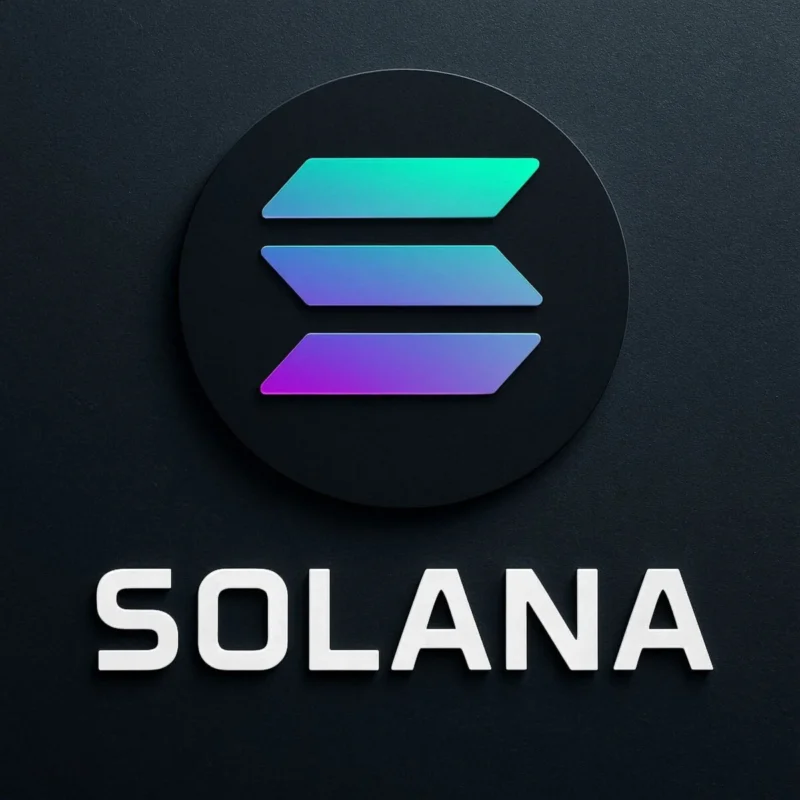Coinbase adds ETH-backed loans via Morpho, letting users borrow up to $1 million
Coinbase has expanded its onchain lending product to include ether (ETH) as collateral, allowing eligible customers to borrow up to $1 million in USDC without selling their crypto. The loans are enabled by the Morpho lending protocol on Base, with Coinbase providing the user interface.
The launch comes as onchain credit markets hit new records. Crypto-collateralized lending reached $73.6 billion in the third quarter — the highest quarter-end figure ever — according to a Galaxy Research report published earlier this week. DeFi lending platforms now account for more than half of all outstanding crypto-backed loans, signaling a continued shift toward onchain credit and away from centralized lenders, per the report.
Coinbase’s expansion fits that trajectory. Its BTC-backed onchain loan product, introduced earlier this year, has already facilitated more than $1.25 billion in borrowing against roughly $1.38 billion in collateral from about 16,000 customers, according to company data.
ETH is the first of several additional assets Coinbase plans to support as collateral. The company said it aims to serve long-term holders seeking liquidity for expenses such as down payments or debt refinancing, without creating a taxable event.
"People should be able to access liquidity without needing to sell the assets they believe in," Ben Shen, senior product director at Coinbase, told The Block. "We’re excited to expand borrowing access to ETH this week, and will be further expanding to many additional assets that one can trade on Coinbase."
ETH-backed loans utilize wrapped ETH (WETH) as collateral, with support for staked ETH to follow. "We are also working on rolling out loans against staked ETH assets on Coinbase, which will be converted to cbETH as the underlying collateral token. This will be available soon," a company spokesperson told The Block.
Loans have no fixed repayment schedule, provided borrowers maintain a healthy loan-to-value (LTV) ratio to avoid liquidation. Borrowers can draw up to a 75% LTV ratio, with liquidation triggered at 86% — the same as Coinbase’s BTC-backed product. LTV measures the size of a loan relative to the market value of the posted collateral; it rises as collateral falls in value or interest accrues, and falls when collateral appreciates or the loan is repaid.
Interest rates are variable and set by supply and demand on Morpho. Loan proceeds cannot be used to trade on Coinbase under its terms.
The onchain loans are available to verified users in the U.S. (excluding New York state), with broader international access planned.
Disclaimer: The Block is an independent media outlet that delivers news, research, and data. As of November 2023, Foresight Ventures is a majority investor of The Block. Foresight Ventures invests in other companies in the crypto space. Crypto exchange Bitget is an anchor LP for Foresight Ventures. The Block continues to operate independently to deliver objective, impactful, and timely information about the crypto industry. Here are our current financial disclosures.
© 2025 The Block. All Rights Reserved. This article is provided for informational purposes only. It is not offered or intended to be used as legal, tax, investment, financial, or other advice.
You May Also Like

Solana Hits $4B in Corporate Treasuries as Companies Boost Reserves

Ethereum Price Prediction: ETH Eyes $7,000 and $10,000 as Next Key Targets While Mutuum Finance (MUTM) Positions for a 43x Price Pump
